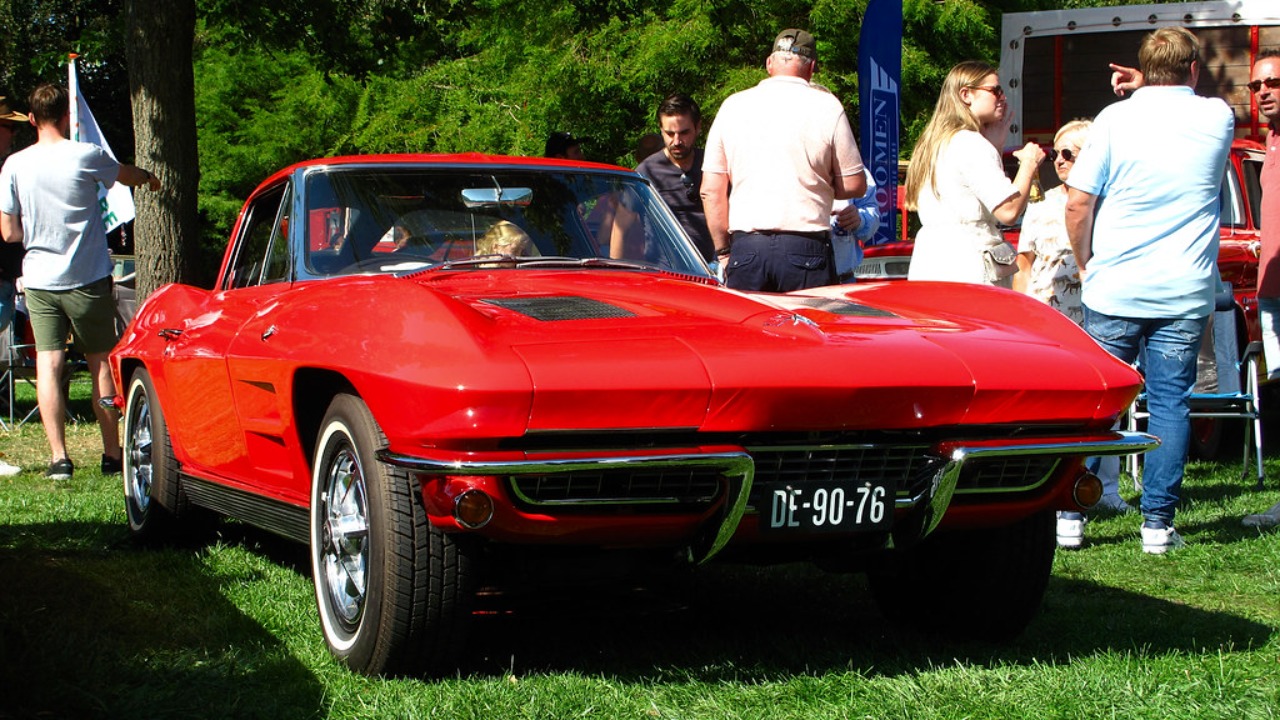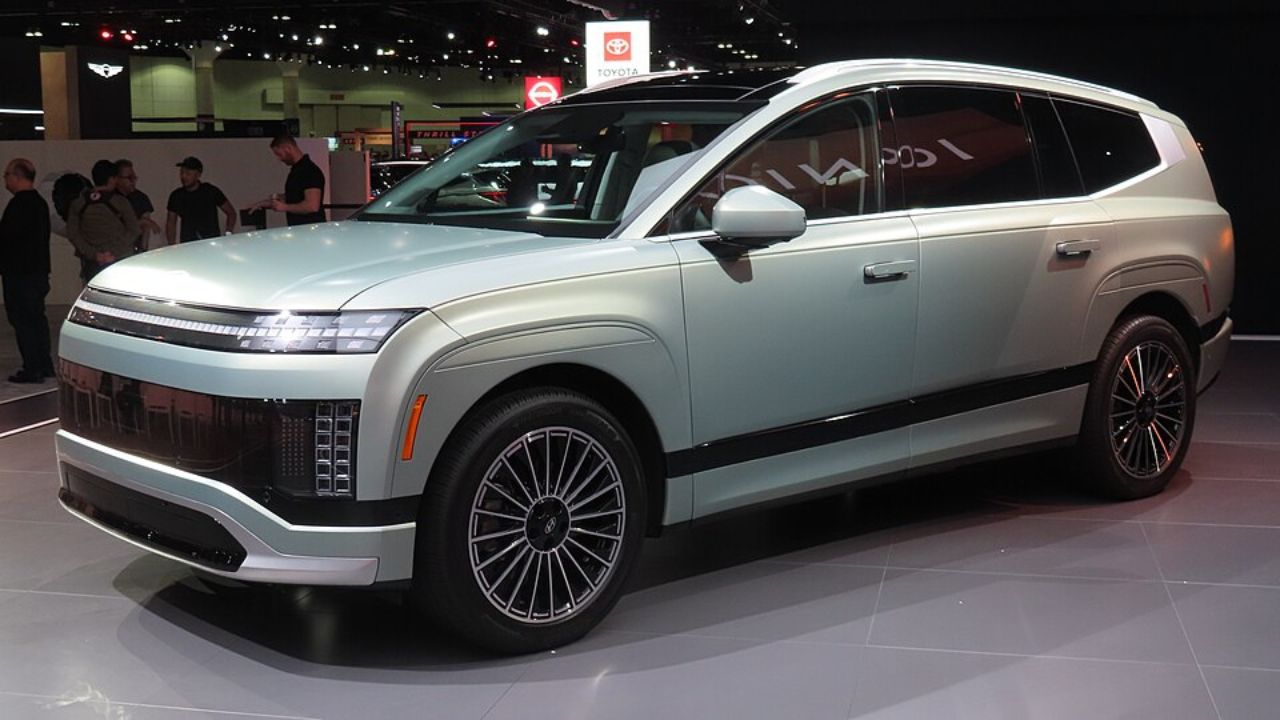The electric vehicle (EV) market is rapidly evolving, and one of the newest innovations poised to transform the industry is wireless charging technology. As wireless EV charging pads begin to enter the market, they promise a more convenient and seamless charging experience for consumers. This innovation could reshape how we think about powering our vehicles and could address some of the current challenges associated with electric vehicle adoption.
The Rise of Wireless EV Charging Technology
Wireless charging technology has come a long way since its conceptual days. Originally inspired by the work of Nikola Tesla in the early 20th century, the technology has evolved significantly over the past few decades. In the 1990s, inductive charging was first introduced for small electronic devices, paving the way for larger-scale applications, such as in electric vehicles. Companies like Qualcomm and WiTricity have been instrumental in pioneering these advancements, setting the stage for today’s more sophisticated wireless EV charging solutions.
Among the key players in the market, companies like BMW and Toyota have taken significant strides, investing heavily in research and development to bring wireless charging to mainstream EV consumers. BMW, for instance, has rolled out a wireless charging option for its 530e iPerformance model, allowing drivers to simply park over a charging pad to replenish their vehicle’s battery.
How Wireless Charging Pads Work
Wireless EV charging pads primarily rely on two methods: inductive charging and resonant charging. Inductive charging involves the transfer of energy between two coils through electromagnetic fields. The charging pad on the ground generates an alternating electromagnetic field, which induces a current in a receiving coil installed in the vehicle. Resonant charging, on the other hand, uses high-frequency resonant circuits to extend the range over which power can be transferred, allowing for more flexibility in vehicle positioning.
Setting up wireless charging pads both at home and in public spaces comes with its own set of challenges. For home installations, property owners need to ensure they have the appropriate electrical infrastructure to support the new system. Public installations require significant investment in infrastructure, including the integration of charging pads into existing roadways or parking lots. Cities like Oslo and London are already experimenting with public wireless charging stations, setting a precedent for others to follow.

Benefits of Wireless Charging for EV Owners
The most immediate benefit of wireless charging for EV owners is the convenience it offers. By eliminating the need for cables and connectors, drivers can enjoy a hassle-free experience, simply parking over a pad to initiate the charging process. This can be particularly advantageous in inclement weather or for individuals with mobility challenges. Moreover, the user-friendly nature of wireless charging aligns well with the growing trend towards automation and smart technology integration in everyday life.
Another potential benefit is the impact on vehicle range and battery life. While traditional charging methods can sometimes lead to overcharging or uneven charging patterns, wireless systems can be designed to optimize charging cycles, potentially extending battery longevity. However, it’s important to note that the efficiency of wireless charging is currently lower than that of traditional plug-in systems, which could affect the overall energy consumption and operating range of electric vehicles.
Challenges and Considerations
Despite its promising benefits, wireless EV charging technology faces several hurdles. Cost is a significant barrier, as the technology is still relatively new and expensive to manufacture and install. This may limit accessibility, particularly for average consumers or those living in older urban areas where infrastructure updates are more challenging. As the technology matures and economies of scale are realized, costs are expected to decrease, making it more accessible to a broader audience.
Technical and safety concerns also need to be addressed. The efficiency of wireless charging is currently lower than wired options, with energy losses occurring during the transfer process. Additionally, there are concerns about electromagnetic field exposure, though studies have shown these levels to be within safe limits for both humans and animals. Engineers and developers are actively working to overcome these challenges, optimizing the technology for better performance and safety.
Future Outlook and Market Potential
The integration of wireless charging technology with smart grids and the Internet of Things (IoT) holds significant promise for the future. By connecting charging pads to a smart grid, energy distribution can be optimized, reducing strain on the grid during peak times and allowing for more efficient use of renewable energy sources. Additionally, IoT-enabled charging systems can provide real-time data on charging status, energy consumption, and maintenance needs, offering a more streamlined and connected experience for users.
Looking ahead, the potential market for wireless EV charging is vast. As the technology continues to evolve and become more accessible, it is likely to become a standard feature in new electric vehicles. Industry trends suggest a growing interest in autonomous vehicles and smart cities, both of which could benefit from the seamless charging experience that wireless technology offers. By 2030, it is anticipated that wireless charging could be as ubiquitous as Wi-Fi, revolutionizing the way we power our vehicles and contributing to a more sustainable and connected future.
More from Fast Lane Only:
- Unboxing the WWII Jeep in a Crate
- The Fastest Farm Truck Ever Built
- 10 Old Trucks That Were Built Like Tanks
- 12 Classic muscle cars still within reach for budget buyers
*Created with AI assistance and editor review.







Leave a Reply